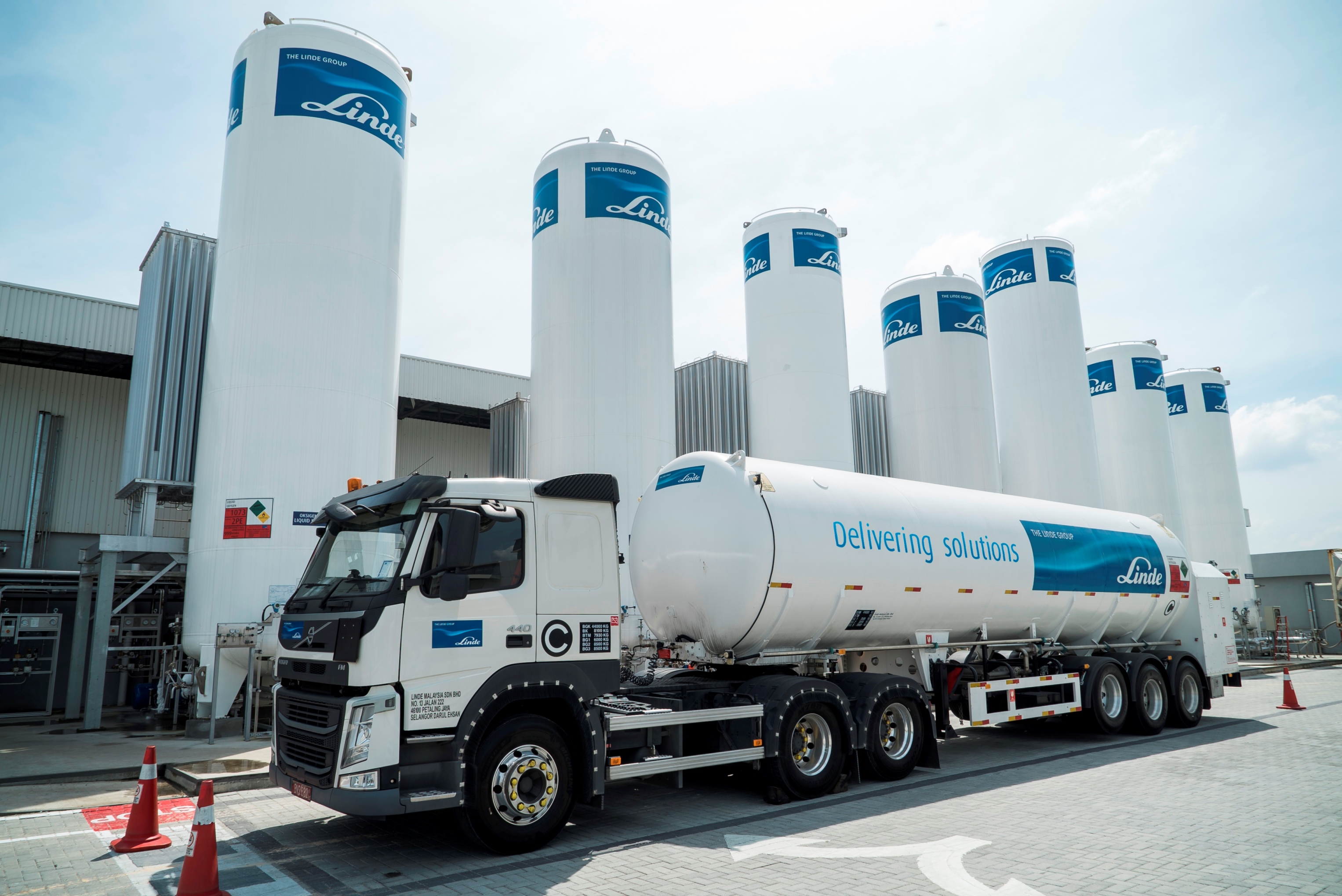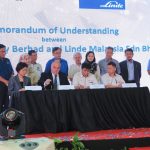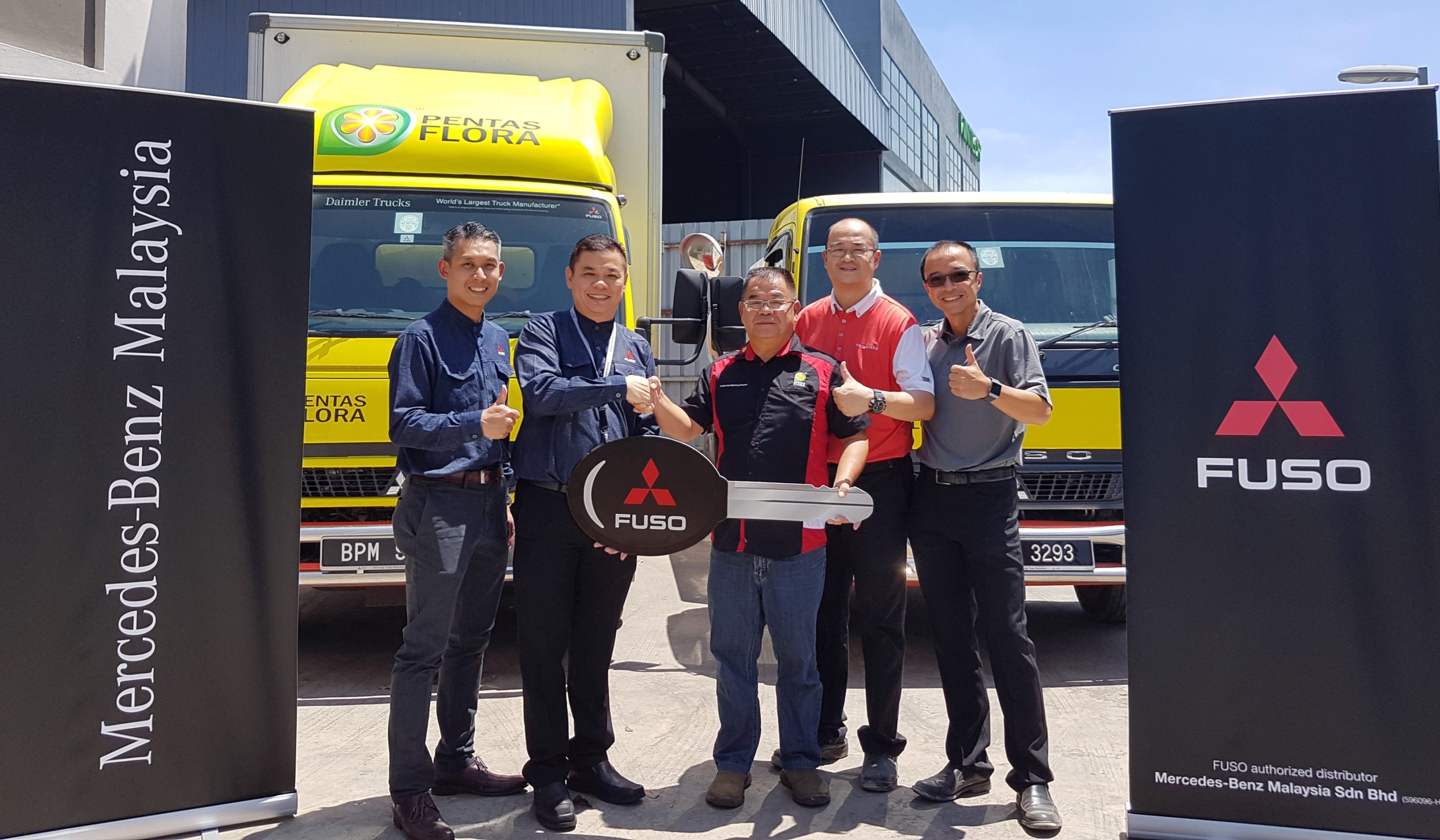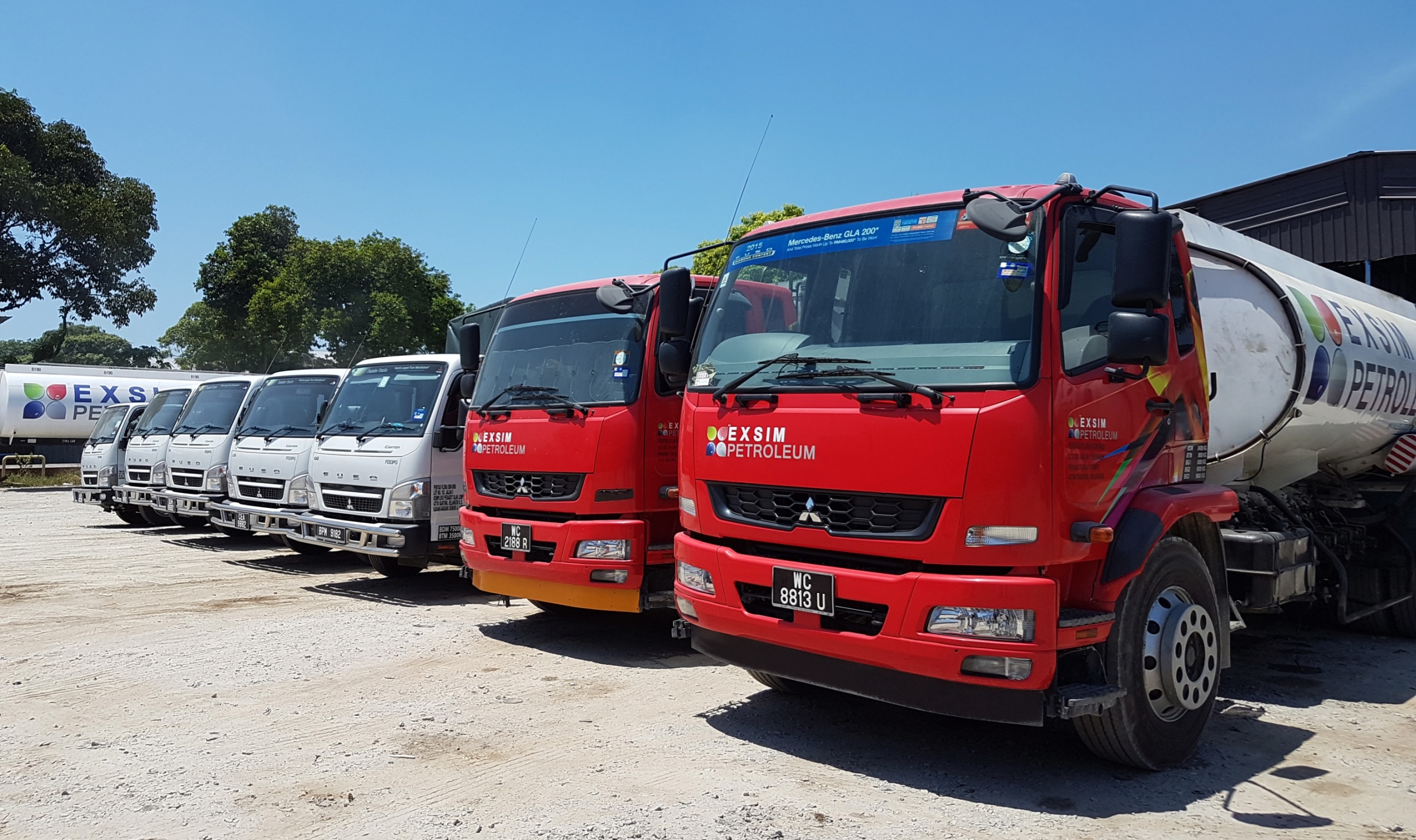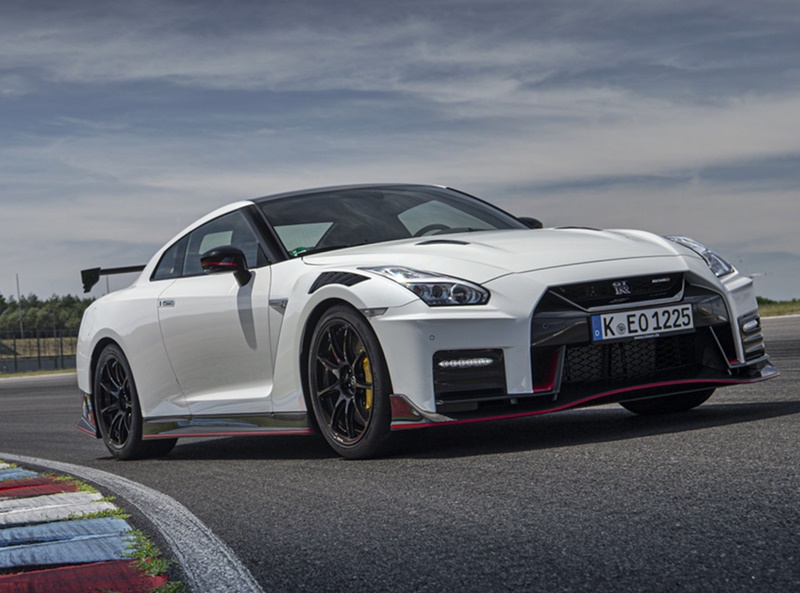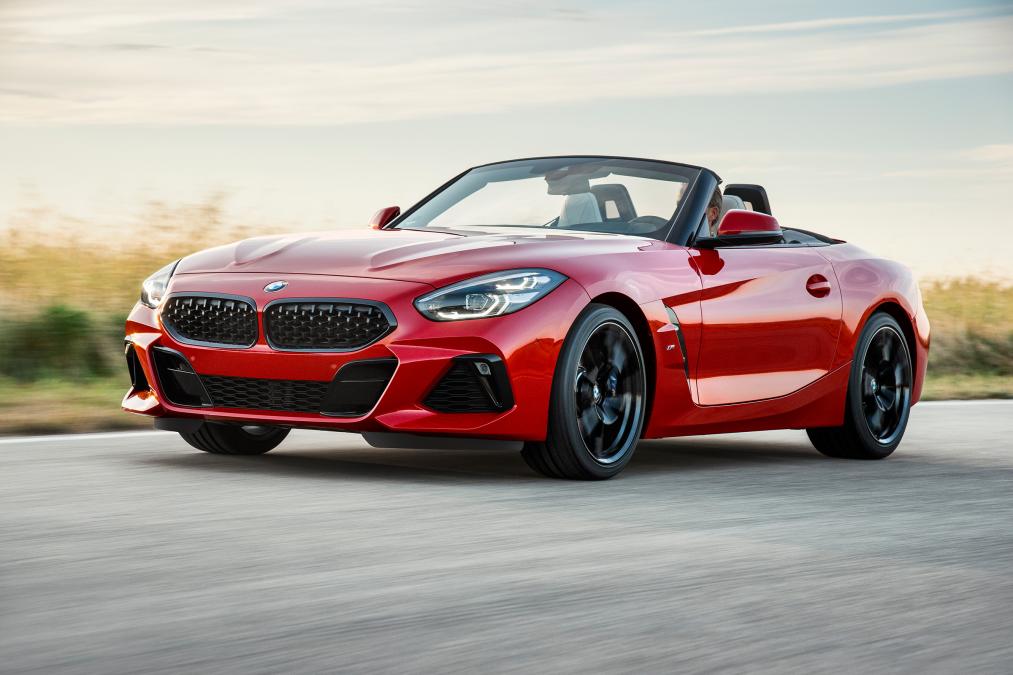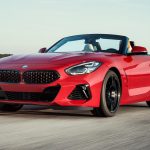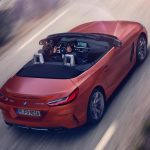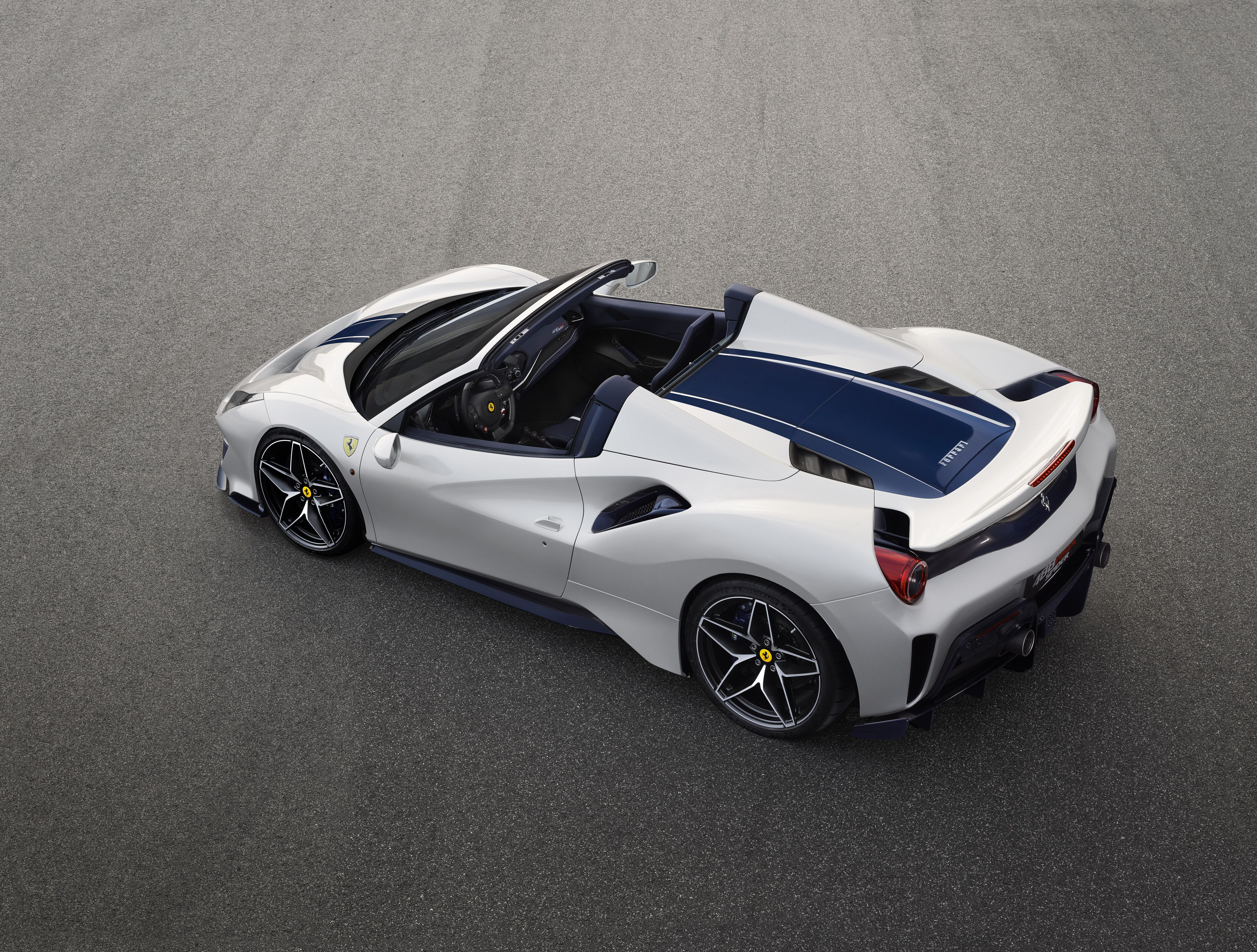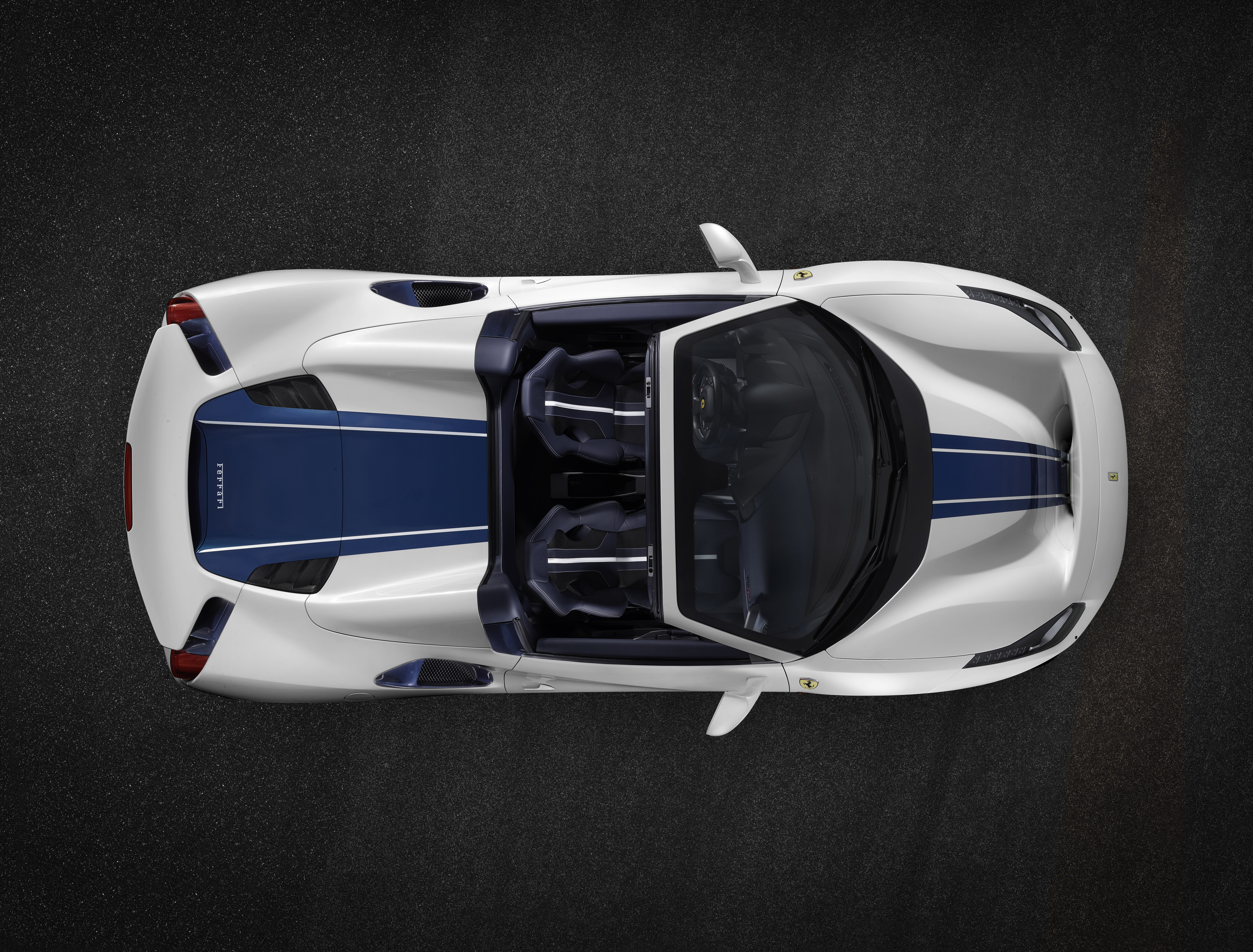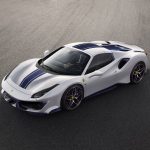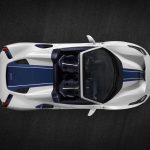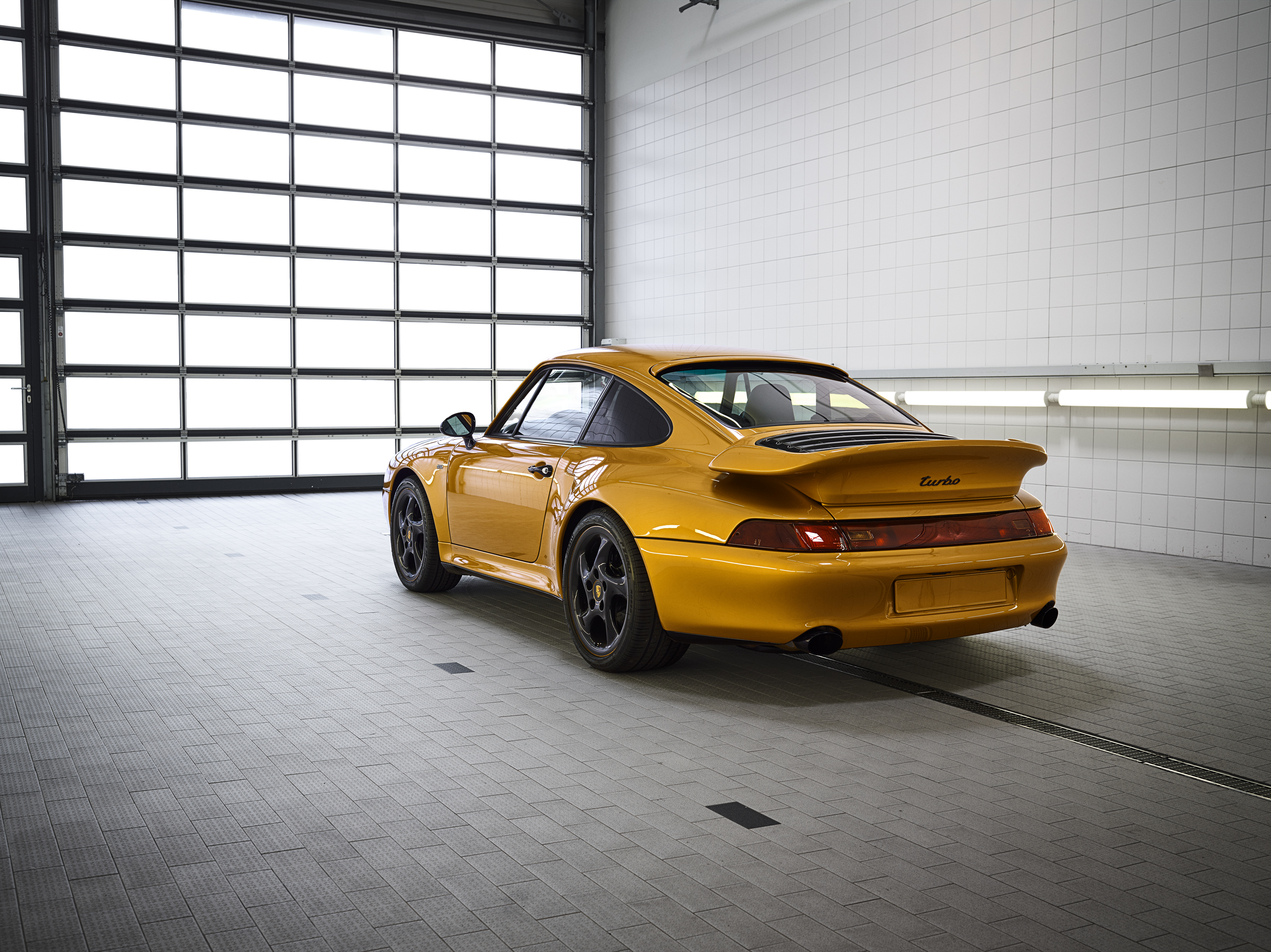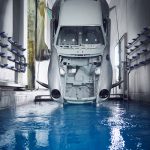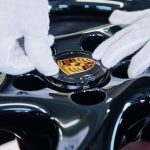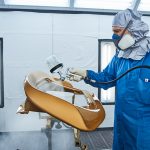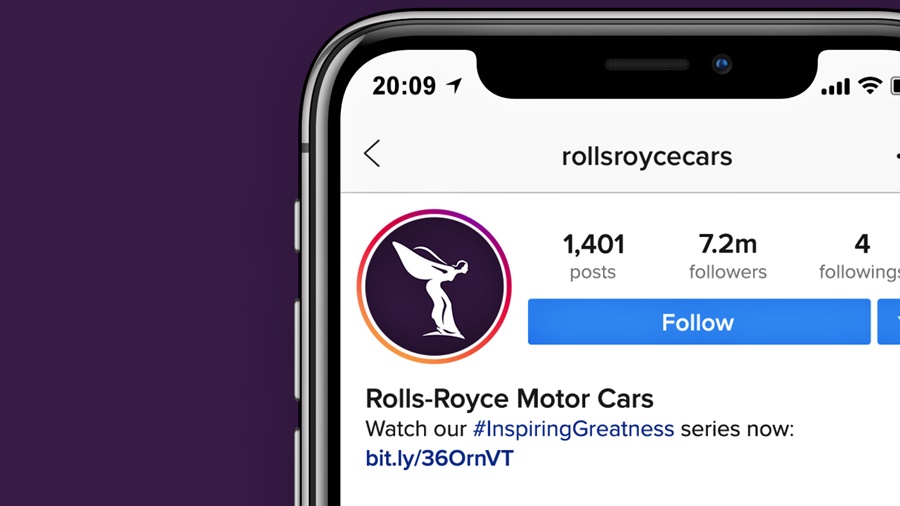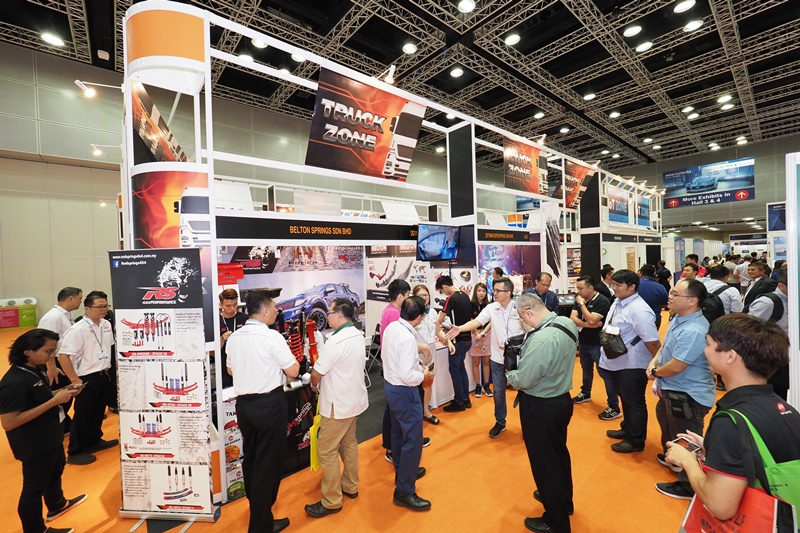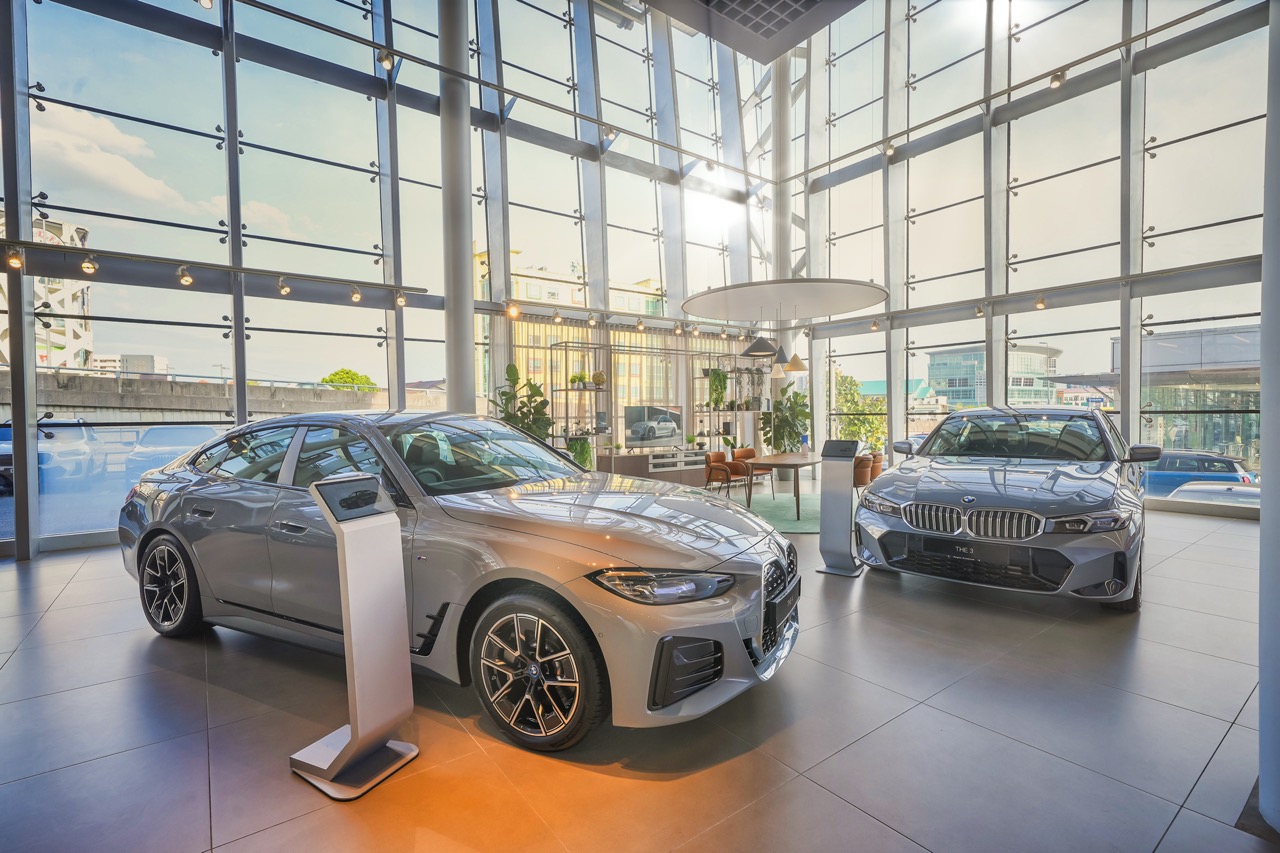Vehicles in Malaysia will one day be powered by a cleaner fuel alternative; hydrogen, an element found in water. Towards this end, Linde Malaysia, a member of The Linde Group, is gearing up to share its expertise in fuelling solutions to help power Malaysia’s automotive industry with zero-emission hydrogen technology.
“The world’s challenges associated with global warming (caused by CO2 emissions) pose a fundamental threat to the future of our planet. Linde sees hydrogen as an integral part of our renewable energy future in addressing this challenge. With over 25 years of research and development in hydrogen fuelling technologies, Linde has invested significantly at the global level in the future market for hydrogen. There are strong indicators that the market is receptive towards alternative fuels and energy with alternative mobility becoming more prevalent, particularly in Asia,” explained Linde South Asia and ASEAN Regional Managing Director, Rob Hughes.

Malaysia is an attractive place for Linde to invest further, tapping into its richwater resource for the production, storage and supply of hydrogen and other industrial gasses. This is partly due to its abundant water resource, receiving an average of 2500 to 5080 millimetres of rainfall annually. “Technology, innovation and an inventive spirit have been at the core of Linde from the very beginning, making us the technology leader for end-to-end sustainable hydrogen solutions. Linde is no stranger to the automotive industry as we deliver hydrogen fuelling solutions for cars, buses and even forklift trucks. We intend to grow the commercialisation of hydrogen powered fuel cell vehicles and boost our efforts with our partners to create infrastructures that enable greater adoption of hydrogen-electric mobility. Linde has seen success with this model across Europe and is now extending its focus here in Southeast Asia,” said Hughes.
More about the technology…
Hydrogen is categorised as a clean fuel, releasing water vapour when converted into fuel. Hydrogen is produced through natural gas steam reforming or the electrolysis of water. Its carbon-neutral nature means vehicles powered by hydrogen have zero-emissions, a solution that directly helps mitigate climate change. Unlike fossil fuels, hydrogen is the most commonly occurring element in nature, which means it is renewable.
Hydrogen-powered cars are equipped with a hydrogen fuel cell and an electric motor. Inside the fuel cell of the car, the hydrogen reacts with oxygen drawn in from the ambient air. Hydrogen molecules separate and create electricity to power the electric motor, and water. The automotive industry stands to benefit from Fuel Cell Electric Vehicles (FCEVs) because they help reduce Greenhouse Gas (GHG) emissions which greatly mitigates climate change.
This further supports the nation’s aspirations to reduce carbon emissions as demonstrated by the Ministry of Energy, Green Technology, Science And Climate Change’s (Mestecc) recent announcement to introduce an Energy Efficiency Bill in 2019 to help Malaysia cut carbon emissions by 45 per cent by 2030 in compliance with the Paris climate accord.
Hydrogen powered fuel cell vehicles have a short refuelling time of only three minutes and the ability to cover 500 to 600 km. This makes hydrogen-powered vehicles comparable to conventional vehicles. The water vapour from the exhaust of a hydrogen-powered vehicle is clean to the point that it is drinkable, demonstrating its zero emissions feature.
Solidifying its commitment to the Malaysian market, Linde will be providing its technological expertise across the hydrogen value chain to Sarawak Energy Berhad (SEB), following the construction of the latter’s pilot hydrogen production plant and refuelling station, the first of its kind in the state of Sarawak and Southeast Asia. Linde also signed a Memorandum of Understanding to explore the potential of hydrogen and how it can be potentially applied into other aspects together with SEB. The move demonstrates interest in clean fuel alternatives for a more sustainable automotive industry in Malaysia.
To date, Linde has equipped around 150 fuelling stations globally with innovative hydrogen refuelling technology. Linde is actively involved in collaborative partnerships to jointly develop new solutions for hydrogen as a fuel. It is a member of the ‘Hydrogen Council,’ the first global initiative of its kind, launched in January 2017, with the goal of positioning hydrogen among the key solutions of the energy transition to help meet climate goals. The council is made up of 13 CEOs and Chairpersons from various industries and energy companies including Daimler, Royal Dutch Shell, The Linde Group, Alstom, Honda, Hyundai, Kawasaki and Toyota among others.




